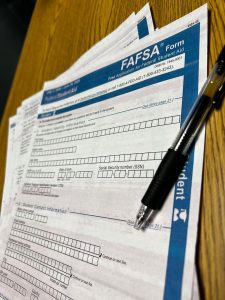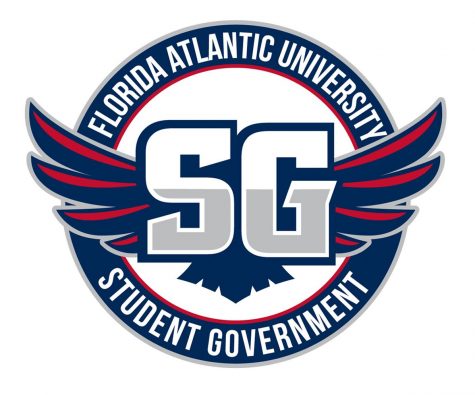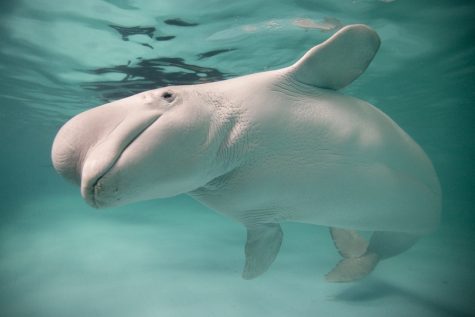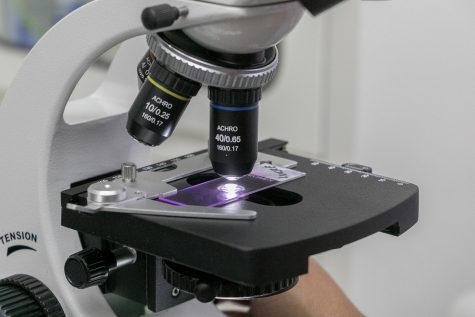Students accepted into FAU are stopping before they even start
A new study shows that only 31 percent of students accepted into FAU actually enroll
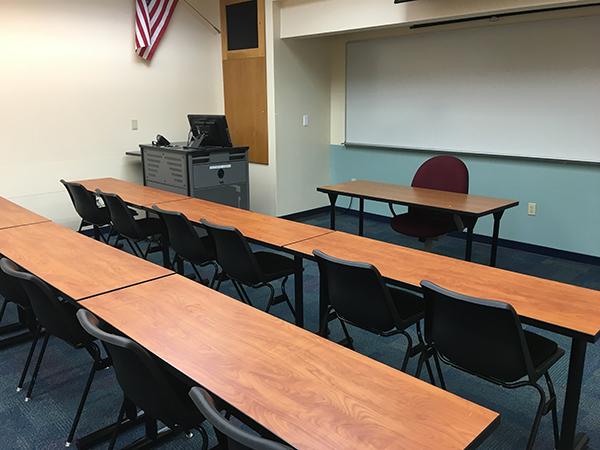
FAU is keeping 31 percent of the students accepted. Photo by Patrick Martin | News Editor
February 4, 2016
Making friends during your college tour at Florida Atlantic might not be the best idea as fewer than 1 in 3 students accepted into the university actually choose to enroll.
According to a U.S. News & World Report list , only 25 out of 265 public universities examined could claim that more than half the students they accepted chose to enroll.
FAU only had 31 percent of their admitted students enroll, ending up with one of the lower percentages on the list.
The data was collected from the fall 2014 semester and included only first-time, first-year, degree-seeking students.
Taking the No. 25 spot was Florida Agricultural and Mechanical University, where 50.4 percent of the students accepted enrolled, followed by the University of Florida in the 26th spot with 49.9 percent.
Why are students who get accepted into these south Florida schools choosing not to attend?
Of the some 30,000 students attending FAU, the student-to-teacher ratio is 25:1. All of the schools at the top of the list had a smaller student-to-teacher ratio than FAU.
Among the top five schools on the list are Harvard, which has a ratio of 7:1, Stanford with 4:1 and MIT with an 8:1 ratio.
FAU President John Kelly has a new 10-year plan underway to improve enrollment.
Under the “Boldness” category — one of the six categories of his plan — Kelly states his goals to “develop and implement a comprehensive enrollment and management strategy.” You can read about his proposal here.
This strategy for the 2015-2025 plan includes expanding the traditional student recruitment region beyond south Florida, increasing the number of National Merit Scholar Finalists and Semifinalists and improving admission standards through “high quality selectivity.”
In the first year of the new plan, the incoming freshman GPA average was higher than the year before. The mid-range GPA for admitted students in fall 2014 ranged from 3.44 to 4.19 and in fall 2015 was between 3.52 and 4.24.
However, mid-ranges for both the SAT and ACT were lower for incoming freshmen in fall 2015 than fall 2014.
“If President Kelly wants to make admission standards higher, an overall improvement of faculty must be met,” said senior and neuroscience and behavior major Ruben Zapata.
Zapata says most of his classes consist of professors reading off vague powerpoints only for students to be tested on more complex topics.
“I’m being charged to attend a read-along,” he said.
Zapata said the school also needs an overall improvement to their athletics.
Victoria Kramer, an FAU junior and exercise science major, also mentioned focusing on the football team would help FAU “tremendously.”
She brings up former wide receiver, Lucky Whitehead, who now plays for the Dallas Cowboys.
“If we saw more of that, it would draw more interest from future applicants,” Kramer said.
“My grandpa used to say, ‘let other people do the bragging for you,’” she said. “So let our programs speak for themselves. Don’t waste money on advertisements, use it for upping our athletics and educational programs.”
Another idea in Kelly’s plan to attract students is to advertise the diversity of FAU. He states that he would like for the school to “become the national model for diversity of the student body.”
In 2014, 47 percent of students attending Florida Atlantic belonged to an ethnic minority group. In recent years, the school has welcomed students from more than 180 countries, according to the FAU campus visitors guide.
Harvard University was No. 1 on the U.S. News & World Report list with 80.9 percent of its accepted students attending — along with a higher diversity rate than FAU. In fact, Harvard has more ethnic-minority classified students than it has white students.
Then again, the No. 2 school in the study, with 78.2 percent of its applicants deciding to enroll, was Brigham Young University in Utah — which is 83.4 percent white and one of the least diverse schools in the country.
“While diversity is huge here at FAU, I doubt it is even a top five reason why a student chooses a University,” said senior and psychology/sociology major Mario Sobrino. “ I have found that the best thing FAU has to offer is its Professor to Student communication.”
Even in classes containing hundreds of students, Sobrino feels that his voice is always heard and teaching assistants are always open to questions and professors are willing to meet during office hours.
“This should be the focus moving forward,” he said. “The opportunity to share time with professors and succeed without sacrificing quality or loads of money for a private university that offer these benefits.”
“Individualized attention,” said Sobrino. “That’s probably the biggest selling point of smaller universities, private universities and honors programs.”
“We’re slowly trying to move away from the commuter school scene and that simply takes time,” he said. “I can’t wait to look back at FAU in 10 years and see how much has changed.”
Lynn University, Nova Southeastern University and the University of Miami had even lower percentages on the list. Barry University in Miami was No. 257 with only 13.2 percent of its accepted students enrolling.
Amanda Hicks is a contributing writer with the University Press. To contact her on this or other stories, she can be reached at [email protected] or on Twitter.



